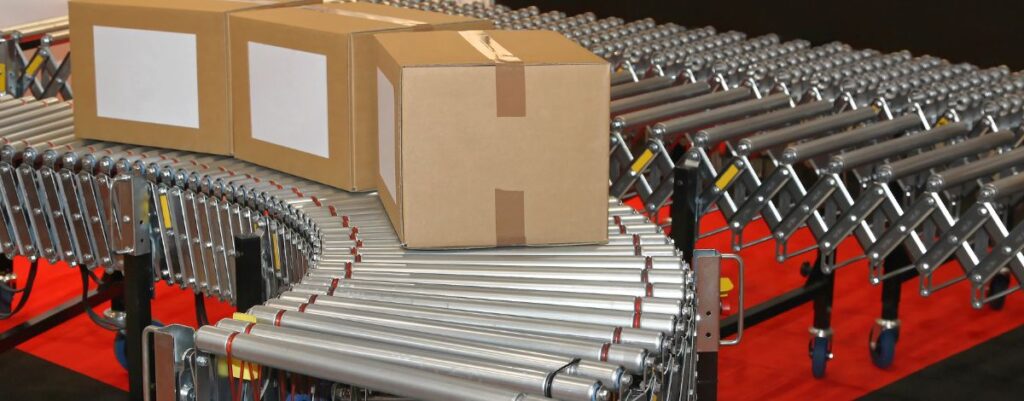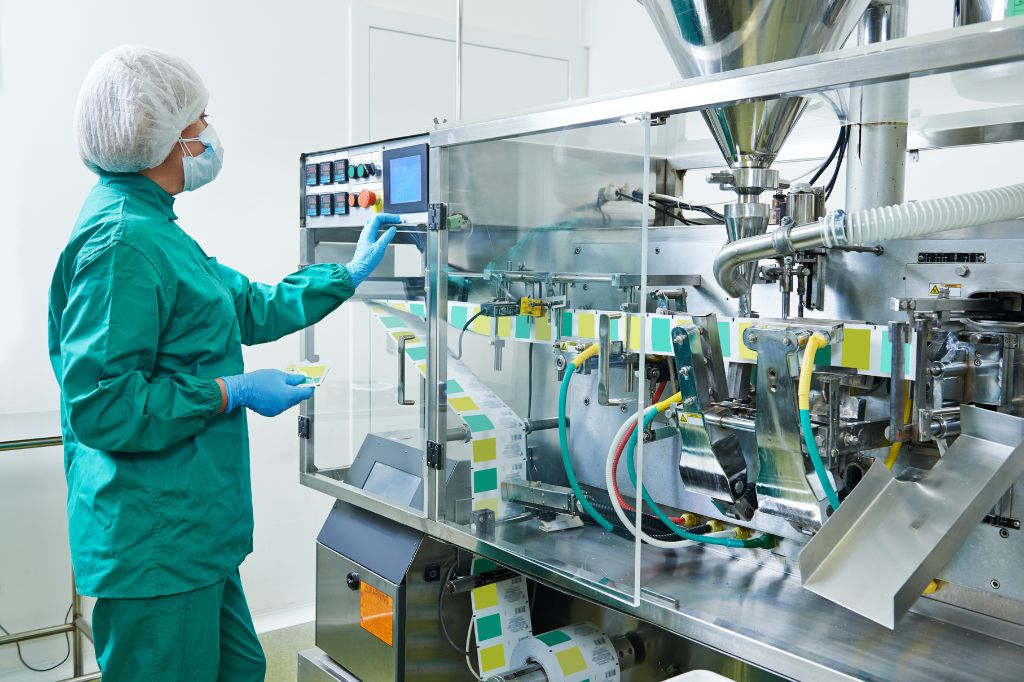
How do roller conveyors work?
Reading time: < 4 minutesThe roller conveyors are systems for the movement of goods that are used in a variety of industries and companies: aggregates companies, mining, recycling plants, warehouses and logistics centers, courier companies, supermarkets, airports and ports, companies fruit and vegetables, chemical industry, pharmaceutical industry, etc.
The basic structure of the roller conveyors is simple, some rollers placed in parallel and anchored perpendicularly to a structure that acts as a guide and support for the entire system. The rollers can rotate on their anchors to the structures, which allow the products to move. However, this basic structure can be adapted through different modifications to all kinds of products and forms of movement; In addition to needing security systems and movement control; as well as specific protective systems according to the uses for the heads.
The fundamental parts of the rollers are:
- The bearing axle. That goes inside the roller and is anchored to the structure.
- The heads, which is where the bearings are located. Located at the ends of the shaft and allow anchoring and turning. It is also where traction is applied. It can be manufactured in different materials depending on their application; thus, for heavy structures, rollers with steel heads and steel sprockets or thermoplastic heads for light loads can be used. There are many options among these.
- The cylinder or external structure of the roller, which will allow a large number of modifications adapted to each product or type of movement. It can be smooth or tapered.
From the basic structure described, it is possible to manufacture roller conveyors adapted to each type of function and classes of products, reaching a high degree of specialization. Thanks to all options for manufacturing, the roller conveyors can be used in many applications. Thus the rollers can be made of steel, aluminum, stainless steel, PVC, zinc plated and painted.
A first classification of roller conveyors is according to the load, they can be: light, medium or heavy load rollers. And the speed of movement of the load.
Also, if the movement of the roller is gravity or motorized. In certain sections of the roller conveyor circuits, the movement can be free turning by gravity, or also because they are at some point of classification or manipulation by workers. Most of the roller conveyors are usually motorized to move goods by traction. These can be manufactured for light, medium and heavy loads.
The manufacture of the outer part of the roller, the cylinder, allows one more step to adapt the roller to each type of product. The use of rubbers and different structures and shapes (for example, tapered rollers) ensure that the roller conveyor moves properly from packaged products (warehouses) to bulk products (for example in the food industry) in an optimal way.
The roller conveyors are also used for moving pallets, where there are also carriers of rotating rollers for pallets which allow redirection safely. For lighter loads we also have curved roller conveyors. In addition to the rollers themselves, the conveyors need accessory systems such as guides, safety systems and motion control systems.



